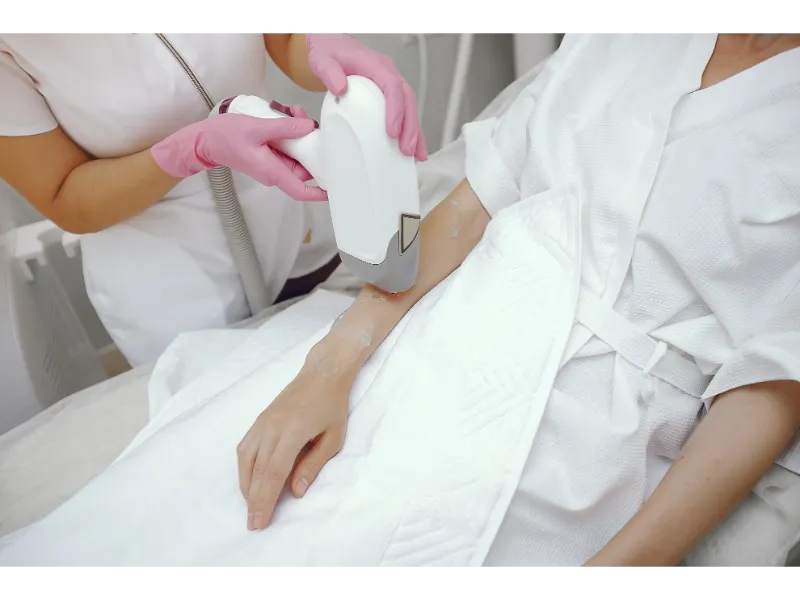Lap Band Market Growing Into Billion Dollar Industry
Lap Band Market Growing Into Billion Dollar Industry
Now that the Food and Drug Administration has issued a recommendation to loosen eligibility requirements for Lap Band surgery, hospitals that have invested heavily in bariatric surgery programs are bracing for a wave of new patients.
However, before the surgery becomes mainstream in some states, some high hurdles must be jumped, including the willingness of insurance companies to offer coverage for the expensive procedure, which can cost up to $15,000 or more.
The FDA recommendation is timely, as the obesity rate among Americans is skyrocketing and the cost of providing healthcare for this demographic has climbed to billions of dollars. Currently, 35% of American adults are obese, and as many as 21% of the population in some States.
In a Lap Band surgery, a saline-filled silicone band is wrapped around the upper part of the stomach to create a small pouch and restrict stomach capacity. This causes patients to feel full more quickly, and thus eat less. The Lap Band procedure has been used for about 10 years; however, many hospitals have only been offering it for the past five years.
Now that the procedure is becoming one of the most popular forms of weight loss surgery, hospitals have had no choice but to add to and expand their bariatric departments, in an attempt to grab a piece of this billion-dollar market.
Under current guidelines, the lap band is implanted in patients with a body mass index (BMI) of 40 or above, or in patients with a BMI as low as 35 if they have an obesity-related health problem like diabetes, heart disease, sleep apnea, hypertension and high cholesterol.
According to these guidelines, about 15 million Americans who are about 100 pounds or more overweight are eligible for the procedure. Recently, a panel of FDA researchers recommended lowering the eligibility requirement to a BMI of 35 or higher, or as low as 30 if the patient has one of the related problems. This means the market has expanded to include another 27 million Americans.
The purpose of the recommendation is to use the lap band as a form of preventive medicine that would keep the demographic of overweight patients from getting even heavier, and in turn leaving them vulnerable to chronic diseases.
Most insurers do have some type of plan that provides coverage for bariatric surgery, but it varies widely throughout the industry.
Some insurers that won’t cover weight loss surgery at all, and a lot of these decisions are made on the basis of the types of plans employers are purchasing and offering to their employees. At present, the recession has caused many employers to cut back on benefit packages.
- BARIATRIC ARTICLES & INFO
Life after Weight Loss Surgery
For those that are overweight and have battled countless hours, days, months, and even years of exhausting weight loss efforts, bariatric surgery has become the last…
About Gastric Sleeve
Gastric sleeve surgery is one of the newest innovations in bariatric surgery. The most important thing to know about gastric sleeve surgery is it is typically used for…
Restorative Obesity Surgery
After gastric bypass surgery, about 17% of patients will begin to gain the weight back within five years. This is mostly due to…








